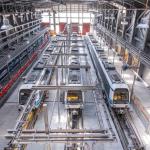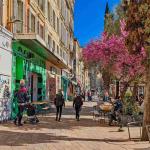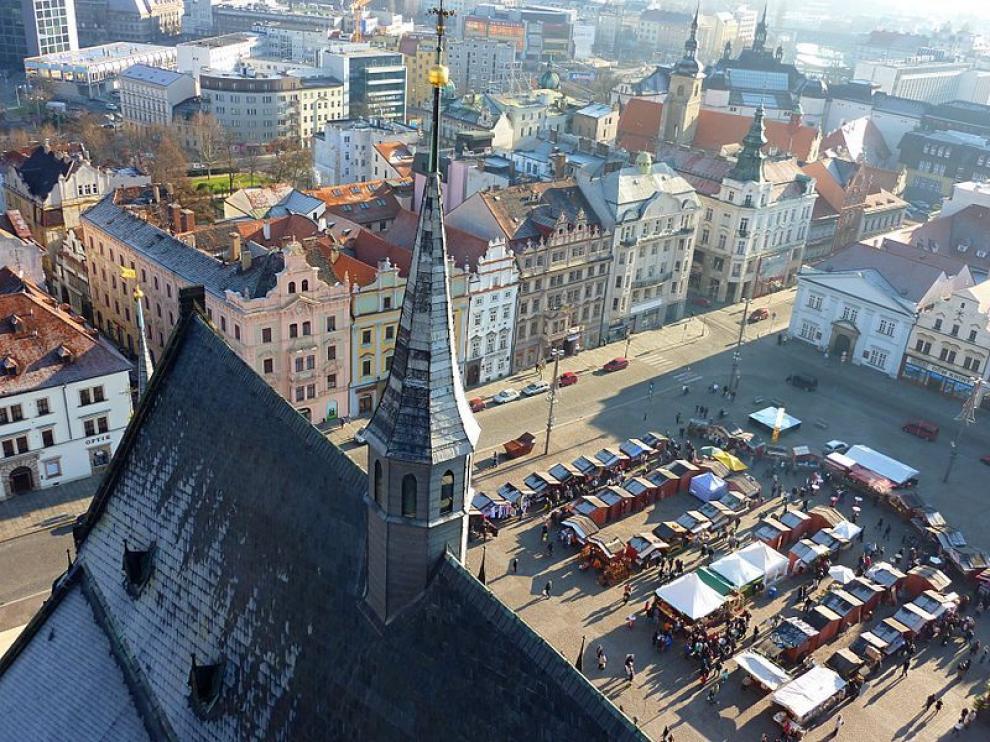Thessaloniki gets ready for its metro launch in November
The underground rapid transit lines have been under construction for almost two decades due to various project delays
 TheMayor.EU logo
TheMayor.EU logo 
The underground rapid transit lines have been under construction for almost two decades due to various project delays

The cross pinnacle on the Tower of Jesus Christ will be ready to receive visitors in 2026 on the centennial of Gaudi’s death

Now you can get your wine in Talence by paying directly in Bitcoin

That’s because the state has to spend money on updating the railway infrastructure rather than subsidizing the cost of the popular pass

Steffen Romstöck said that he would respect the residents’ choice and would take over the helm of the municipality, even if he didn’t run

The measure, which will come into force from 1 January 2025, will be partial and temporary…for now

Rethinking renewable energy sources for the urban landscape

But operating them is still illegal under the country’s legislation

The examples, compiled by Beyond Fossil Fuels, can inform and inspire communities and entrepreneurs that still feel trepidation at the prospect of energy transition

Now you can get your wine in Talence by paying directly in Bitcoin

Rethinking renewable energy sources for the urban landscape

The examples, compiled by Beyond Fossil Fuels, can inform and inspire communities and entrepreneurs that still feel trepidation at the prospect of energy transition

The underground rapid transit lines have been under construction for almost two decades due to various project delays

Plus, it has a unique modular design that allows it to be shortened and lengthened like a train

At least, that’s the promise made by the mayor of Paris, Anne Hidalgo

Despite its church-y name, the district has long been known as the hangout spot for the artsy crowds

At least, that’s the promise made by the mayor of Paris, Anne Hidalgo

Hostal de Pinós is located in the geographical centre of the autonomous region

On the eve of the new academic year, the ranking considers several distinct but essential factors


Following a successful trial phase, these quiet areas will now be available on all main routes in the country

The academic institution shows a deeper understanding of the well-being of its students











Plzen was first mentioned in 976 as a battle scene. In 1295, Plzen was given a charter as "Royal city". It became a central trade route, becoming the third largest center in the Bohemia region during the 14th century. The printing press was introduced in Plzen in 1468 and Bohema had its first published book printed on this press. The city began growing and developing and in the 19th century it started industrializing. Today, the city is an important trade center and a famous tourist destination.
Plzen is located in western Bohemia region, about 90 kilometers west of the Czech capital - Prague. It is the fourth most populous city in the Czech Republic - 169,033 inhabitants as of 2015.
The western part of the Czech Republic recognized Plzen as a center of education and science, business and culture. Foreign investment has been growing since the 1990s. The total GDP of Plzen is about $7.2 billion, or abour GDP of $44,000 per capita. One of the most important elements of the economy of Plzen is the automobile industry represented by Skoda, established there in 1859.

The Gothic Cathedral in Plzen is one of the most spectacular tourist attractions in the city. It dates back to the 13th century. The second largest synagogue in Europe is located in Plzen, after the one in Budapest. Plzen was the European capital of culture in 2015.
nám. Republiky 1, 301 00
Plzeň 3, Czechia